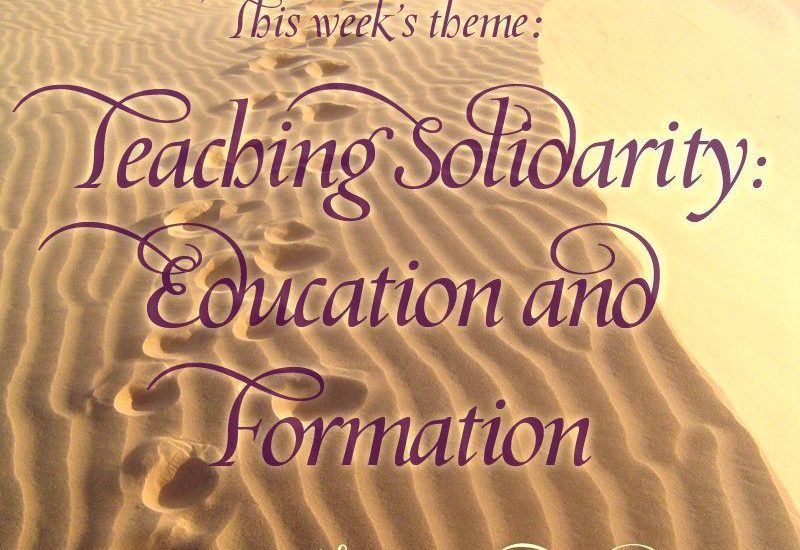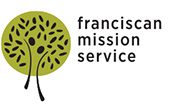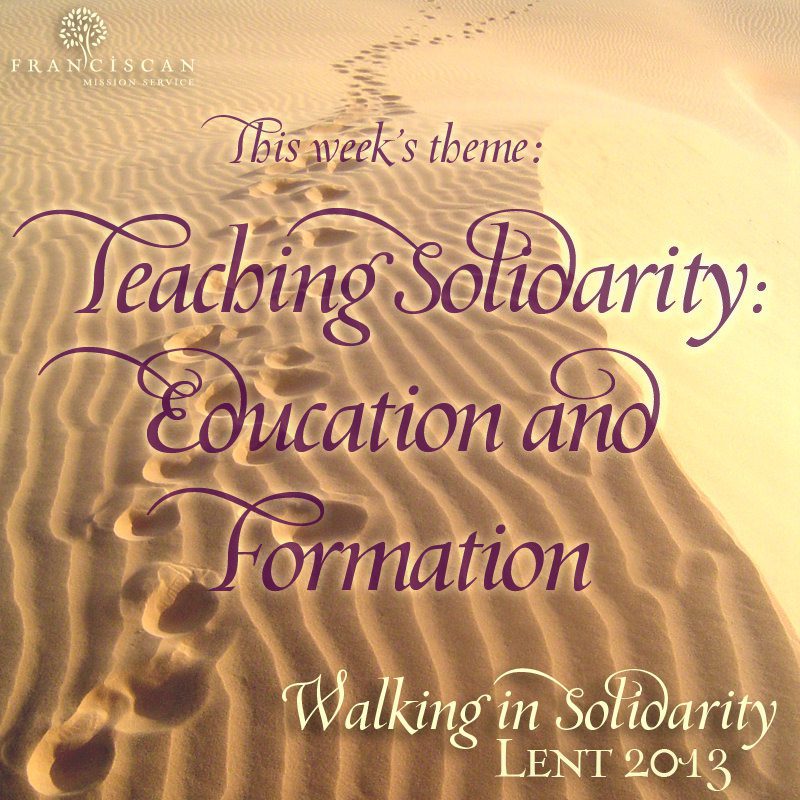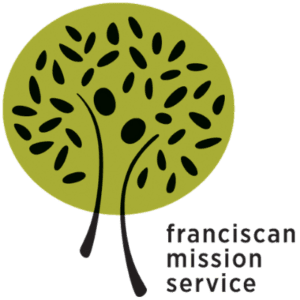Teaching Solidarity: See-Judge-Act Model

As we continue this week’s Walking in Solidarity theme of education and formation, we share with you one of the tools we use to “teach” solidarity to our long-term missioners and short-term trip participants: the See-Judge-Act model.
This Lent, we encourage you to use See-Judge-Act in your own social justice analysis so that you may increase your awareness and recognize your own bias in order to become more in solidarity with those who need it.
When we engage with people who are in vulnerable situation (poverty, abuse, migrated from their homes) we may not understand why they are in the situation that they are. We know that they are hurting or suffering, and we want to help.
Helping is good, but how we approach service and helping others is crucial to being helpful. It is not enough just to “have a good heart”.
Sometimes we can actually do more harm than good when we aim to be helpful. We can sometimes be condescending without realizing the full scope of the person’s situation. We can try and offer or nearly force a solution or help that we think is best, but may not really be best or wanted by the person.
We sometimes pass judgement because we don’t understand why the person is in poverty (we think we could guess why), and because we haven’t looked at the full social realities that create poverty. Our view can be limited, but we don’t realize it.
See-Judge-Act invites us to investigate the WHYs of social realities/suffering/ oppression in our world. It asks us to consider our own limited understanding and to dig deeper… and then deeper… and then wider… and deeper again.
It is never a finished process, as social realities are always changing. This method of analysis also calls us to examine how our faith, Scripture, and Church teachings inform and deepen our understanding.
We are asked to:
- Engage in the world through experiences
- To be reflective
- To seek more information through theories and faith teachings, and to then examine the world and our experience again.
Sometimes this teaching or method is portrayed as a circle, but at Franciscan Mission Service we like to use a spiral. A spiral indictes forward motion. We continue to circle back around through the process, we have more information and we are move forward.
Download a PDF of this sheet to use for your own lessons in solidarity.
If your family or community’s Lenten fasting, penance and almsgiving include some type of volunteering or service project such as serving at soup kitchen, use the diagram above and:
- Identify the issue (ex: some people can’t afford food and have to come to the soup kitchen)
- Explore your experience, including your own assumptions and feelings and how they have change over time (ex: What is your own experience with hunger? Poverty? How do you feel about people having to come to the soup kitchen?)
- Analyze by looking at the historical context, current reality, cultural attitudes, economic factors, power relationships and other systems in place (ex: What challenges prevent people from affording food? What circumstances put them in this situation?)
- Reflect theologically – What does scripture have to say? Tradition? Catholic Social Teaching?
- Act by looking at your options and making a plan
Do you have a favorite tool for teaching solidarity? Tell us about it!
Tagged in:



